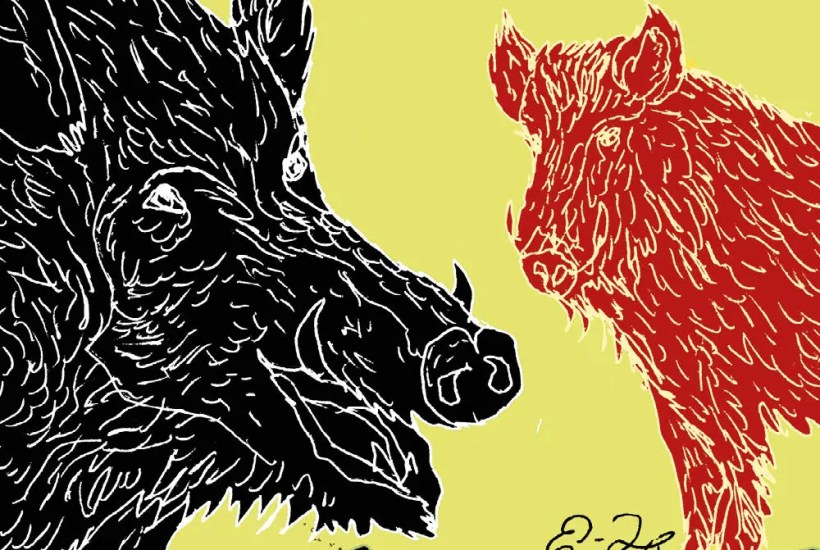Let’s play a guessing game: I’m a dangerous force threatening Americans’ health, safety and way of life. We largely rely on government agencies to monitor and manage me. What to do about me is still a matter of debate, as is the severity of the menace I actually create. The media is likely sensationalizing the threat.
Already a subscriber? Log in
Subscribe for just $2 a week
Try a month of The Spectator Australia absolutely free and without commitment. Not only that but – if you choose to continue – you’ll pay just $2 a week for your first year.
- Unlimited access to spectator.com.au and app
- The weekly edition on the Spectator Australia app
- Spectator podcasts and newsletters
- Full access to spectator.co.uk
Or




















Comments
Don't miss out
Join the conversation with other Spectator Australia readers. Subscribe to leave a comment.
SUBSCRIBEAlready a subscriber? Log in